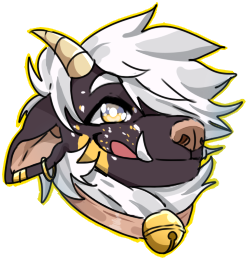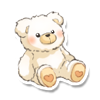Newton originally (1672) divided the spectrum into five main colours; red, yellow, green, blue and violet. Later he included orange and indigo, giving seven main colours by analogy to the number of notes in a musical scale.[2][8] Newton chose to arbitrarily divide the visible spectrum into seven colours out of a belief, derived from the beliefs of the ancient Greek sophists, who thought there was a connection between the colours, the musical notes, the known objects in the Solar System, and the days of the week.[9][10][11] According to Isaac Asimov, "It is customary to list indigo as a color lying between blue and violet, but it has never seemed to me that indigo is worth the dignity of being considered a separate color. To my eyes it seems merely deep blue."[12] Others suggest that Newton in fact called "indigo" the colour now called "blue", and "blue" the colour now called "cyan" (see Indigo#Classification_as_a_spectral_color).
Rainbow (middle: real, bottom: computed) compared to true spectrum (top): unsaturated colours and different colour profile
The colour pattern of a rainbow is different from a spectrum, and the colours are less saturated. There is spectral smearing in a rainbow owing to the fact that for any particular wavelength, there is a distribution of exit angles, rather than a single unvarying angle.[13] In addition, a rainbow is a blurred version of the bow obtained from a point source, because the disk diameter of the sun (0.5°) cannot be neglected compared to the width of a rainbow (2°). The number of colour bands of a rainbow may therefore be different from the number of bands in a spectrum, especially if the droplets are either large or small. Therefore, the number of colours of a rainbow is variable. If, however, the word rainbow is used inaccurately to mean spectrum, it is the number of main colours in the spectrum
In addition, from the article on indigo:
According to Gary Waldman, "A careful reading of Newton's work indicates that the color he called indigo, we would normally call blue; his blue is then what we would name blue-green or cyan."
So the rainbow would look like this:
(notice the blue part is cyan while the indigo is more what we usually think of as blue)
If we disregard that and go with our traditional view of indigo, there's this to consider:
The human eye does not readily differentiate hues in the wavelengths between blue and violet. If this is where Newton meant indigo to lie, most individuals would have difficulty distinguishing indigo from its neighbors.
...
Modern color scientists typically divide the spectrum between violet and blue at about 450 nm, with no indigo
So basically, it's easier to just split it up between blue and violet because our eyes have difficulty distinguishing.
From wikipedia's article on the visible spectrum:
Colors that can be produced by visible light of a narrow band of wavelengths (monochromatic light) are called pure spectral colors. The various color ranges indicated in the diagram on the right are an approximation: The spectrum is continuous, with no clear boundaries between one color and the next
What this means is that there is no one distinct "blue" or "violet" which is why we're having this discussion in the first place. It's a spectrum, not neat individual colors, so we've just divided them up based on ranges of what we think look similar enough to consider one color.
Even putting everything I just said aside, we can't see what we would consider indigo (or for that matter, violet) on our computer or tv screens anyway. The colors produced on our screens are a mix of red, green, and blue (RGB color model) which are able to simulate the colors we see. Overall it works pretty well, but of course it still doesn't actually change the wavelength to that of indigo or violet, so it's just an illusion.
As far as applying this all to the cats:
This guy certainly looks more cyan than what we usually think of as blue, so the artist could have decided to go with Newton's division of the spectrum, meaning indigo would be what we think of as blue. Another possibility is like color scientists the artist decided to exclude indigo altogether. Considering this litter's mellower tone in general, this could very well be possible, and our cyan cat could just be the blue, with the next one being the violet and that being it. Personally I hope there isn't a separate indigo and violet because I only have one blue kitten left. XD
Also, I have a new possible theory on the grey kitten after going through the article on the visible spectrum:
Color displays (e.g., computer monitors and televisions) cannot reproduce all colors discernible by a human eye. Colors outside the color gamut of the device, such as most spectral colors, can only be approximated. For color-accurate reproduction, a spectrum can be projected onto a uniform gray field. The resulting mixed colors can have all their R,G,B coordinates non-negative, and so can be reproduced without distortion. This accurately simulates looking at a spectrum on a gray background.[14]

Could this be what the grey kitten is? I'm quite curious to see how it turns out.
(Sorry for this massive text/image wall btw, but I thought it was relevant to our discussion.)

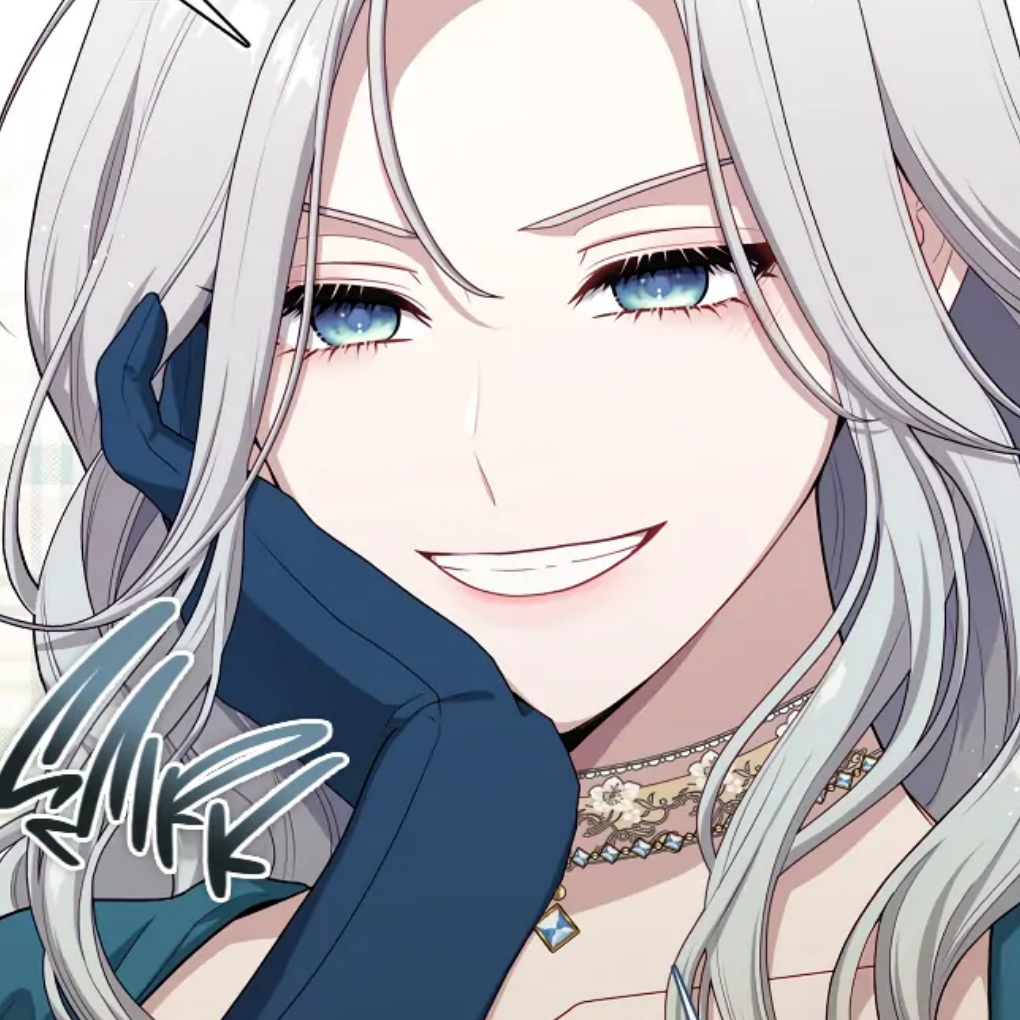










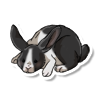









.png)




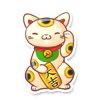





.png)











